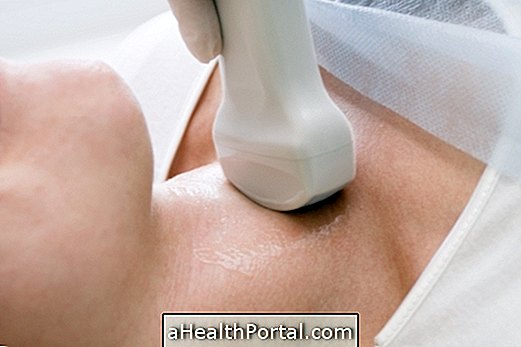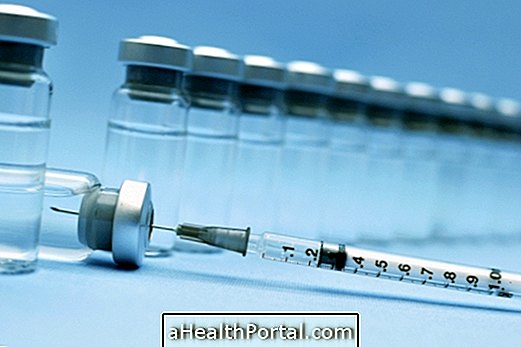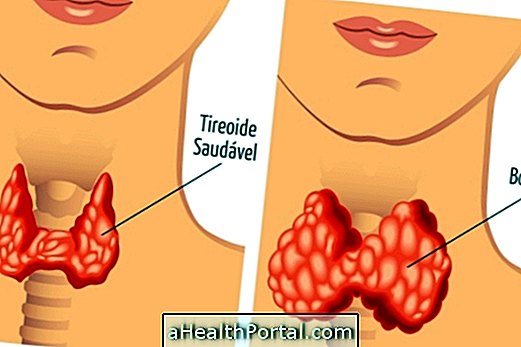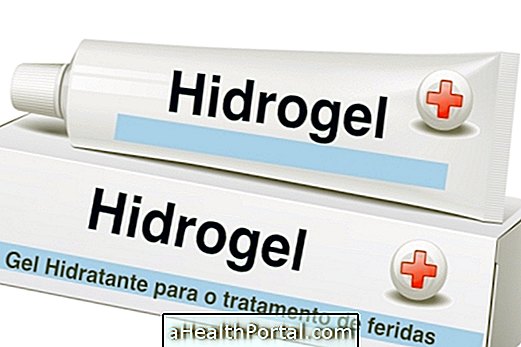Diabetes insipidus is a disorder in the concentration of urine, which makes it too much water, and causes dehydration and thirst. This is due to decreased production of the antidiuretic hormone, or ADH, due to changes in the central nervous system or changes in its action due to kidney failure.
This diabetes is not part of the types of diabetes mellitus, which are due to increased blood glucose. If you want to know about the types of diabetes mellitus, see here.
Thus, the main causes of diabetes insipidus are:
1. Diabetes insipidus central
Central diabetes insipidus is caused by changes in the region of the brain called the hypothalamus, which loses the ability to produce the hormone ADH, also called vasopressin, and the main causes are:
- Surgeries in the brain;
- Head trauma;
- Tumor or cerebral aneurysm;
- Autoimmune diseases;
- Genetic diseases;
- Infections in the brain;
- Obstruction of the blood vessels that supply the brain.
Without adequate levels of ADH stimulated by the brain, the kidneys can not control the production of urine, which starts to form in large quantities, reaching several liters per day.
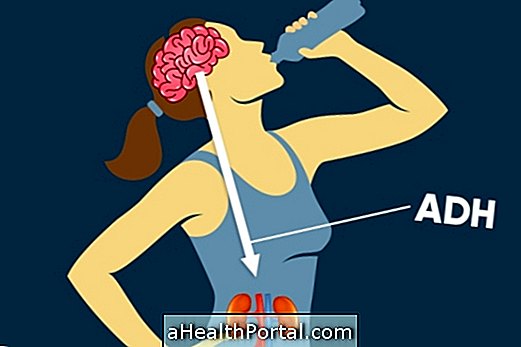
2. Nephrogenic Diabetes Insipidus
Nephrogenic diabetes insipidus occurs when the concentration of antidiuretic hormone in the blood is normal but the kidneys do not respond normally to it. The main causes are:
- Use of medications, such as lithium, rifampicin, gentamicin or contrast tests, for example;
- Polycystic kidney disease;
- Severe kidney infections;
- Changes in blood potassium levels;
- Diseases such as sickle cell anemia, multiple myeloma, amyloidosis, sarcoidosis, for example;
- Post-renal transplantation;
- Cancer of the kidney;
- Pregnancy;
- Unclear or idiopathic causes.
In addition, there are genetic causes for nephrogenic diabetes insipidus, which are more rare and more severe, since they manifest themselves from childhood.
Symptoms of diabetes insipidus
The person with diabetes insipidus has symptoms such as excessive thirst and excess urine, resulting in the need for a large intake of fluids. In addition, over time, excessive fluid consumption causes worsening of sensitivity and less and less production of the antidiuretic hormone.
Thus, the symptoms are:
- Excessive urine - production of very large volumes of urine especially at night. For example, a 70 kg patient is able to urinate more than 3.5 liters of urine in one day.
- Uncontrollable thirst - there is an abnormal thirst stimulation with a consequent increase in fluid intake.
To diagnose this disease, the doctor should ask for urinalysis to evaluate its density, as well as blood tests to evaluate the sodium and potassium values. MRI of the brain can be done to assess changes in the brain that may be triggering diabetes insipidus.
Treatment for diabetes insipidus
The treatment for diabetes insipidus depends on the severity of each person's illness and type, which can be cured or persist for some time. Mild and moderate cases can be controlled with a low salt diet, and use of some thiazide diuretics, which help control urine concentration, with hydrochlorothiazide, for example, or other medicines such as cloprozamide, carbamazepine, or anti-inflammatories.
In more severe, central cause cases, the replacement of ADH may be necessary, through the medication desmopressin or DDAVP, which can be administered by the vein, orally or inhaled.
In addition, when it is possible, it is important to control the problems that are causing diabetes insipidus, such as the use of medications and infections, for example.
